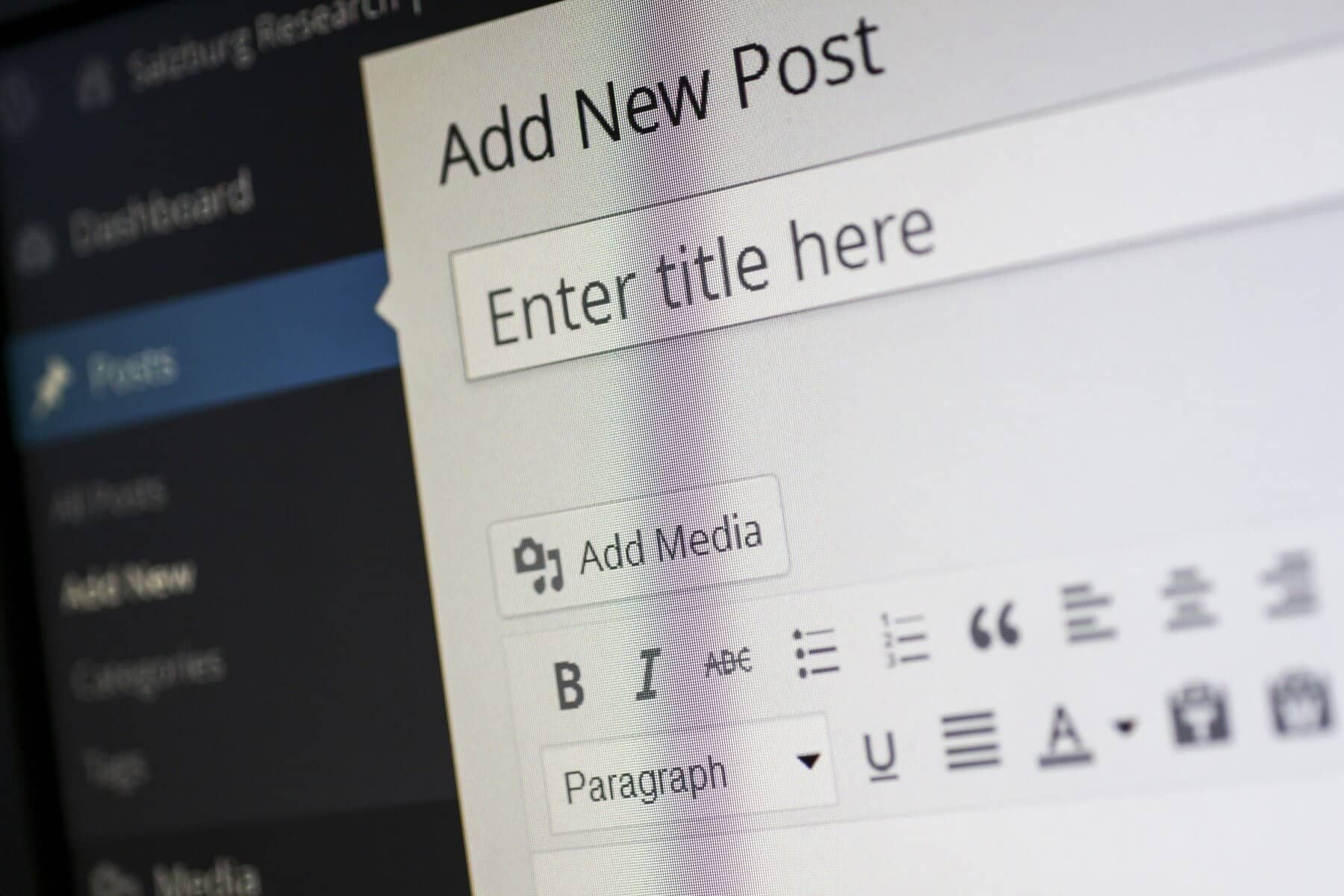
In the ever-evolving digital landscape, WordPress remains a top choice for website management due to its user-friendly interface and flexibility. However, managing a WordPress site involves more than just setting it up and leaving it to run. Despite its popularity, several myths about WordPress maintenance can lead to misconceptions and potential pitfalls. Here, we debunk the top five myths about WordPress maintenance to ensure your site remains secure, efficient, and effective.
Myth 1: WordPress Maintenance is Only for Large Websites
Reality: One prevalent myth is that WordPress maintenance is only necessary for large, high-traffic websites with complex functionalities. This belief can lead many small website owners to overlook essential maintenance tasks, assuming their sites are too insignificant to warrant regular upkeep. However, the truth is that every WordPress site, regardless of its size or traffic volume, requires consistent maintenance to function optimally. Even a small blog or personal website can be vulnerable to security threats, performance issues, and compatibility problems if not properly maintained. Regular maintenance helps ensure that your site remains secure, loads quickly, and provides a smooth user experience, no matter its size or scale.
Myth 2: Updating WordPress and Plugins is Risky
Reality: There is a widespread fear among WordPress users that updating WordPress core or plugins might cause their site to break or introduce compatibility issues. While it’s true that updates can occasionally introduce changes or conflicts, they are crucial for maintaining your site’s security and functionality. Developers release updates to fix known bugs, address security vulnerabilities, and enhance performance. Ignoring these updates can leave your site exposed to risks and hinder its performance. To mitigate potential issues, it is advisable to back up your site before performing any updates and, if possible, test updates in a staging environment. This approach allows you to address any potential problems before applying changes to your live site.
Myth 3: Backup is Only Needed When Something Goes Wrong
Reality: A common misconception is that backups are only necessary when something goes wrong with your website. This mindset can lead to a dangerous lack of preparedness for unexpected issues like hacking, server failures, or accidental data loss. In reality, regular backups are a fundamental component of a robust WordPress maintenance strategy. By establishing a routine backup schedule, you ensure that you have recent copies of your site and its data stored in multiple locations, including off-site or cloud storage. This practice provides peace of mind and enables you to quickly recover your site with minimal disruption in case of any unforeseen problems.

Myth 4: WordPress Maintenance is a One-Time Task
Reality: Some website owners mistakenly believe that WordPress maintenance is a one-time task that can be completed during the initial setup. This belief overlooks the fact that WordPress maintenance is an ongoing process that requires continuous attention and care. Regular updates, security scans, performance optimizations, and content management are essential tasks that must be handled consistently to keep your site in top shape. Neglecting these maintenance tasks can lead to security vulnerabilities, slower performance, and a degraded user experience. Maintaining an up-to-date and well-functioning website involves ongoing efforts to address new challenges, adapt to changes, and ensure that your site remains aligned with your goals.
Myth 5: WordPress Maintenance is Expensive and Time-Consuming
Reality: While it’s true that professional WordPress maintenance services come with a cost, this expense should be viewed as an investment rather than a burden. Many website owners perceive maintenance services as an unnecessary expenditure, assuming that DIY maintenance is more cost-effective. However, managing maintenance tasks on your own can be time-consuming and may not always be performed correctly, leading to potential issues down the road. Investing in a reliable maintenance service ensures that updates, backups, security, and performance optimizations are handled efficiently by experienced professionals. This approach can prevent costly issues, minimize downtime, and allow you to focus on your core business activities without the added stress of managing technical details.
Conclusion
Debunking these myths helps clarify the true nature of WordPress maintenance and its importance for your website’s health and performance. Regular updates, backups, and security checks are essential components of a successful WordPress maintenance strategy. Whether you manage a large corporate site or a small personal blog, understanding and addressing these maintenance needs will help ensure that your website remains resilient, secure, and capable of meeting its intended goals. By staying informed and proactive about WordPress maintenance, you can avoid common pitfalls and keep your site operating smoothly. A well-maintained website not only enhances the user experience but also contributes to your overall digital success, helping you achieve your online objectives with confidence and ease.
